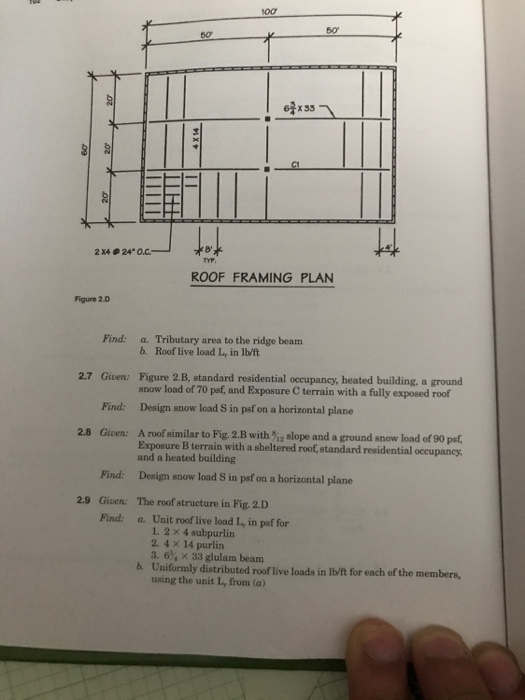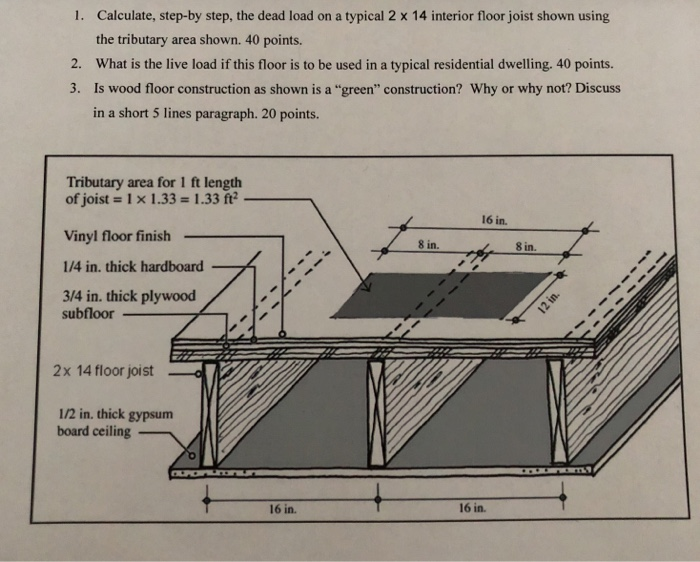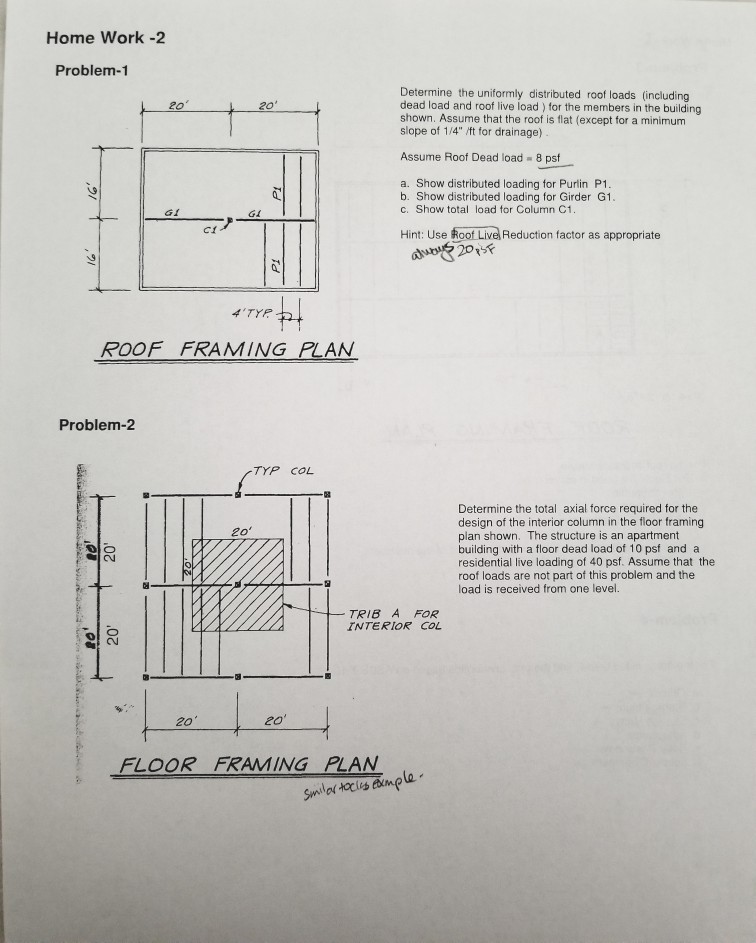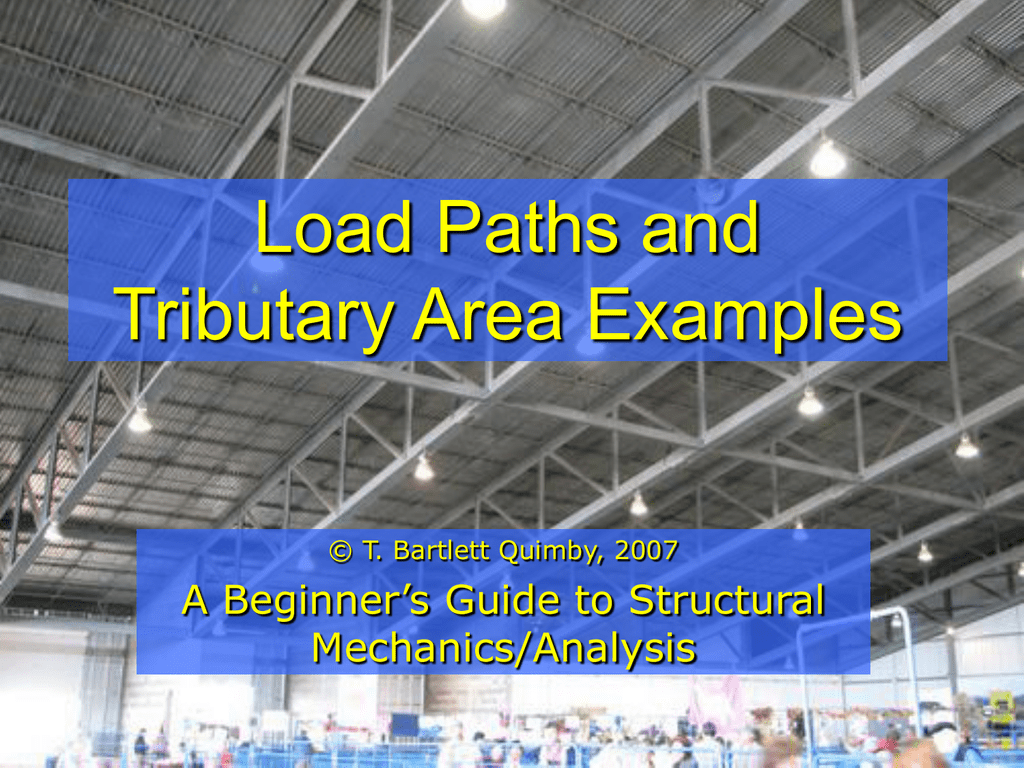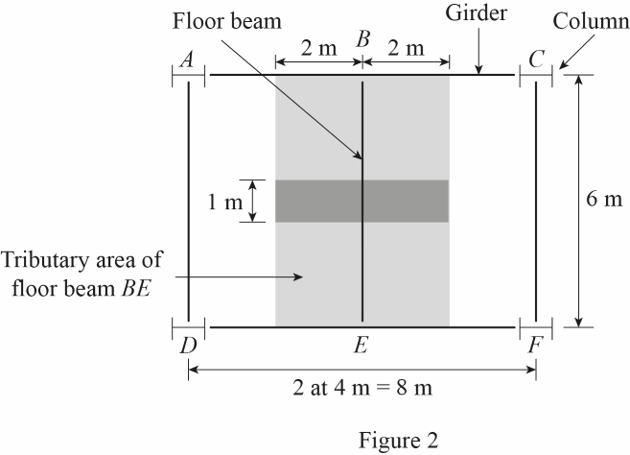Residential Roof Tributary Load

Tributary areas for gravity loads.
Residential roof tributary load. The tributary area is a loaded area that contributes to the load on the member supporting that area ex. In order for a roof truss load to be stable you need to assign two of your nodes on each truss to be support nodes. The single level framing system. Single level framing construction is a common roof system for residential structures.
A fixed node will provide support in both directions down the length of the roof truss members often called the x and y directions. From this we can readily see that each lineal foot of wall. Single level framing construction. 3 3 dead loads dead loads consist of the permanent construction material loads comprising the roof floor wall and foundation systems including claddings finishes and fixed equipment.
Too often builders gang together 2 inch dimension lumber to support roof and floor loads without considering other options. 11 04 2014 if the beam is supporting a floor roof or wall that has a pressure loading normal to the surface the total force on the beam equals the area of surface supported i e. These headers work to support most residential loads and coincidentally keep the window tops to a uniform height. Overturning should also consider roof uplift forces unless a separate load path is designed to transfer those forces.
Construction and load paths. It can also be called the load periphery. Load limits on the roof of a building. The wall has a tributary width of 14 ft.
This means that one is a fixed node and the other is a rolling node. The area from the center between two beams to the center of the next two beams for the full span is the load on the center beam. The tributary area times the pressure on the surface. Roofs are under a lot of pressure.
200 201 of the textbook illustrate the construction and load paths of typical pitched roof systems.


